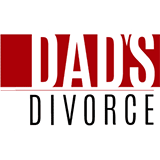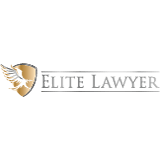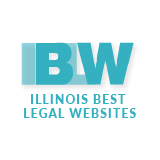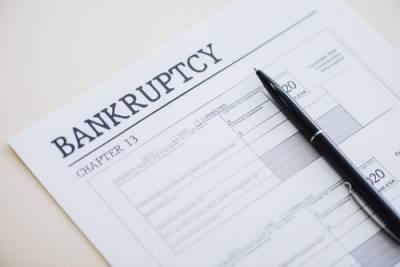 Those who are struggling to make payments on a loan or other large debts may be considering bankruptcy as an option. Chapter 13 of the U.S. Bankruptcy Code allows individuals with a regular income to reorganize their debts and establish a repayment plan over three to five years. One of the most appealing aspects of this type of bankruptcy is that it allows for cramdowns, which can reduce the amounts of certain types of loans and save debtors money.
Those who are struggling to make payments on a loan or other large debts may be considering bankruptcy as an option. Chapter 13 of the U.S. Bankruptcy Code allows individuals with a regular income to reorganize their debts and establish a repayment plan over three to five years. One of the most appealing aspects of this type of bankruptcy is that it allows for cramdowns, which can reduce the amounts of certain types of loans and save debtors money.
What Is Chapter 13 Bankruptcy?
Chapter 13 bankruptcy is a type of bankruptcy filing that allows people to keep their assets and pay off their debts over time. Unlike Chapter 7, which eliminates most unsecured debts entirely, Chapter 13 requires debtors to repay their creditors over the course of three to five years. However, the amount a debtor will be required to repay can be significantly less than what was originally owed due to “cramdown” provisions in the law.
What Are Cramdowns?
A cramdown is a provision in Chapter 13 bankruptcy that reduces the amount of secured debt owed on certain loans. A secured debt is one that is backed by collateral. For example, in an auto loan, the vehicle a debtor purchased is the collateral, and if the debtor defaults on the loan, the lender will have the right to repossess the vehicle. With a cramdown, the amount of the loan is reduced to match the market value of the collateral. This means that if a debtor owes more than what the car is worth, a cramdown can provide some relief by reducing the amount that the debtor will be required to pay to the lender over the remainder of the loan.
...






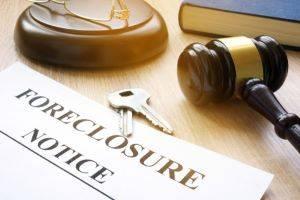 Many Americans struggle with debts and other financial problems, and if they have been unable to make some mortgage payments, they may fear that they will lose their homes to
Many Americans struggle with debts and other financial problems, and if they have been unable to make some mortgage payments, they may fear that they will lose their homes to 

